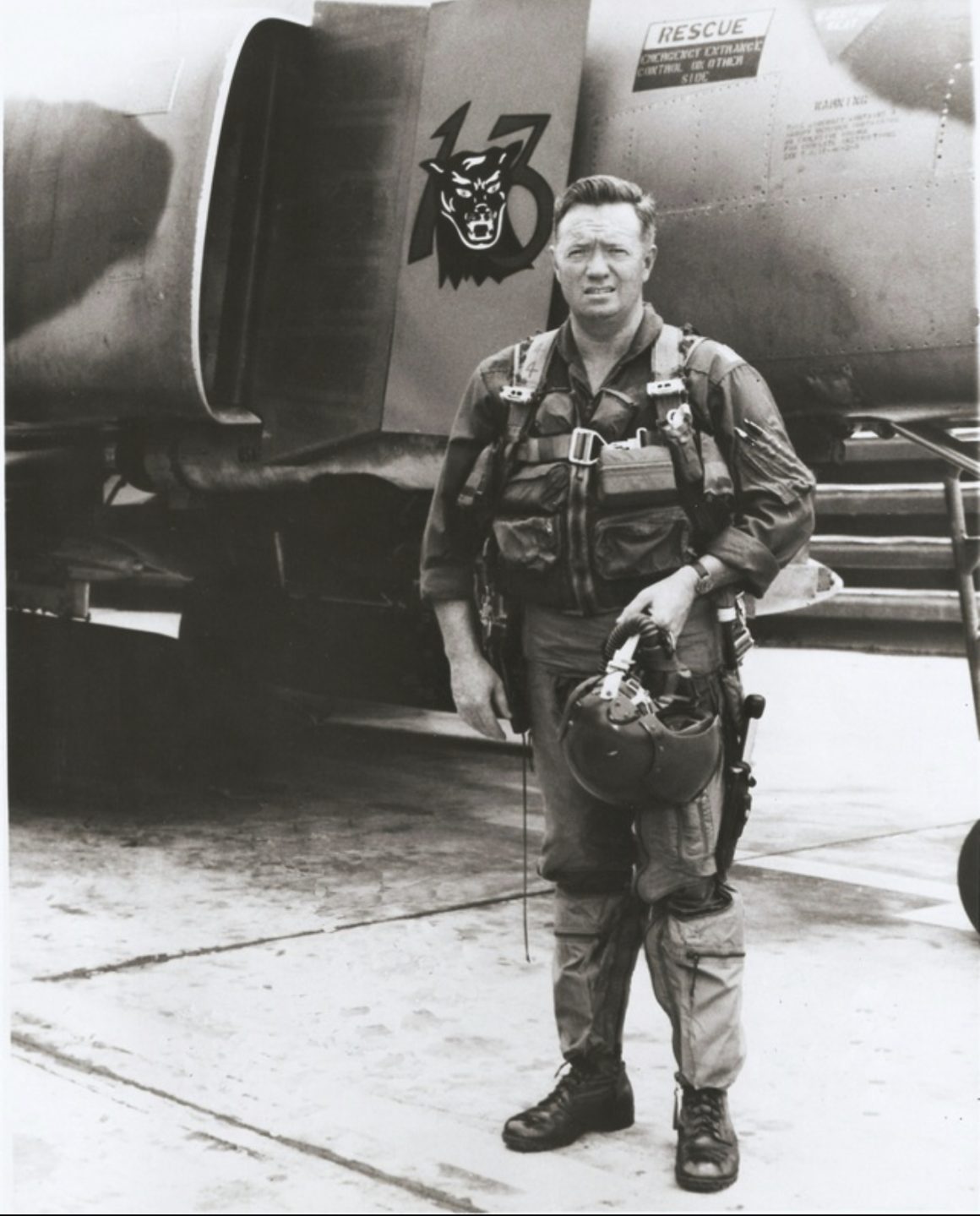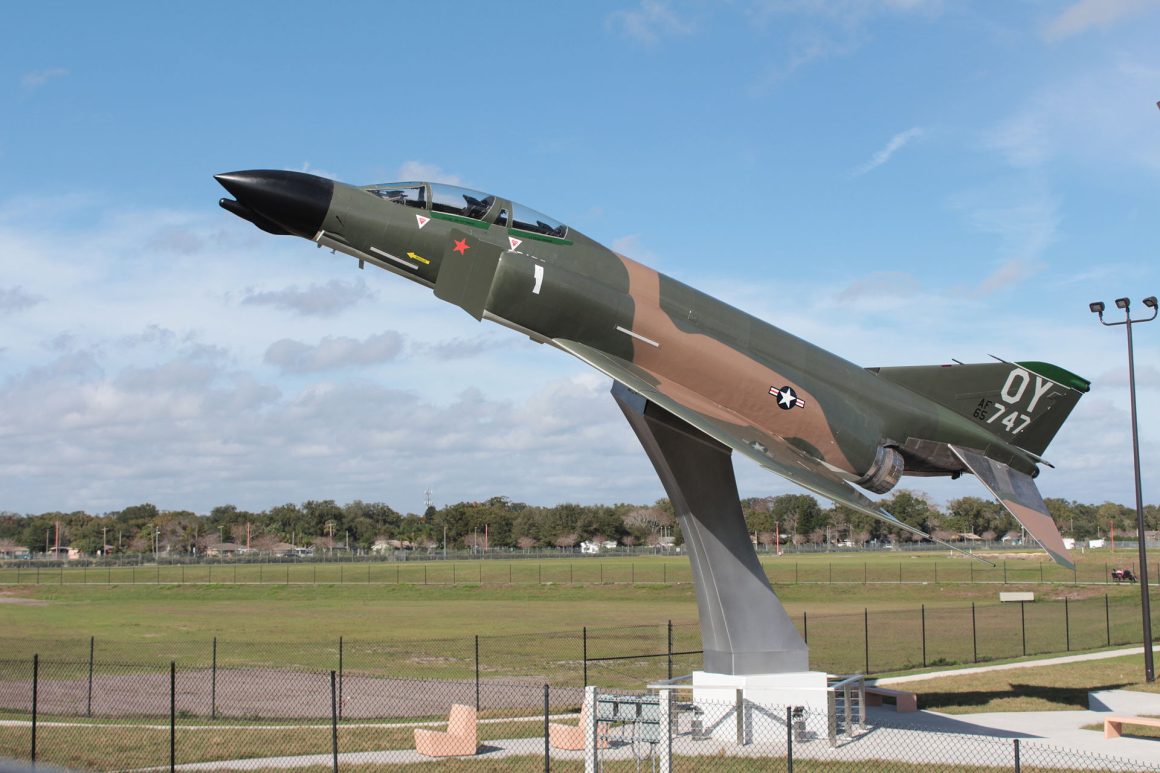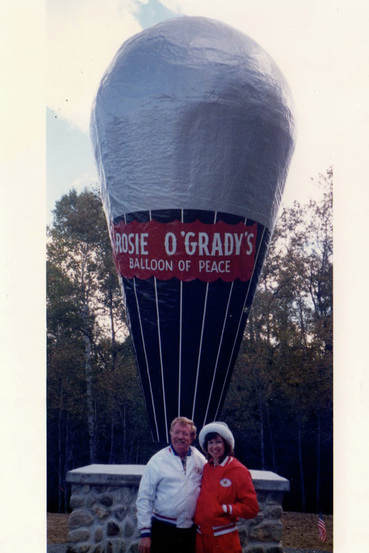Retired USAF Col. Joe Kittinger has passed away, after a long productive life most famously remembered for jumping from the edge of space before the days of astronauts and rockets, helping gain greater scientific knowledge and making aviation and space travel safer for every pilot ever since. He was 94 years old.
The central-Florida native is most well known for jumping from 102,800 ft in 1960 with Project Excelsior, proving that pilots and astronauts could eject, fall and parachute down from extreme altitudes and survive.
Making History, For All Pilots and Astronauts to Come
It was the culmination of over 10 years of aerospace experiments, testing what the human body could take and gathering research. He experienced temperatures lower than -100 degrees F and was in free-fall for over 4 minutes, reaching over 600 mph before deploying his main parachute at 14,000 ft and landing to the cheers of his waiting crew at White Sands, NM. The whole jump lasted 13 minutes 45 seconds.
“We were ecstatic, because we accomplished what we set out to do,” recalled Kittinger in a interview a few years ago. “We showed that man could go into space and work properly, we showed we can protect him in a space environment, and we showed we can get a man down from high altitude. There was a lot of firsts in the program, and so today, even 5 decades later, every ejection seat in the world used a small drogue chute to stabilize the free-fall from high altitude.”

His jump shattered numerous records that held up for over 50 years, including the highest open-gondola balloon ascent, the longest free-fall, and the longest parachute descent.
After Excelsior
Kittinger’s career in the USAF spanned 29 years, half of which was spent in research and development and as a test pilot. The other half of his career he was a fighter pilot, where he was deployed to Vietnam and flew 483 missions on 3 combat tours, flying A-26s and F-4 Phantoms.

He had a MiG-21 kill to his credit too, but was shot down and captured just 4 days before he was scheduled to go home. He spent nearly a year as a POW.
One of the Phantoms he flew in Vietnam is actually on display as a monument in Col. Joe Kittinger Park at Orlando Executive Airport, named in his honor and as a thank you to all Vietnam veterans.

At a park ceremony in 2011, Kittinger said he loved to ride his bike from “Princeton” elementary to that very spot and dream of becoming a pilot one day. He wanted to give children a place to go where they can watch aircraft take off and land.
There’s even a pavilion with picnic tables and speakers that play the air traffic control transmissions to and from the aircraft at Orlando Executive next door.

He retired in 1978, and was awarded military decorations including the Distinguished Flying Cross and Distinguished Flying Cross for Project Excelsior. But his love of balloon flight never faded.
A few years later, he set a world record by flying a helium balloon 2,200 miles from Las Vegas to New York in 72 hours. He also became the first person to fly solo by balloon across the Atlantic, and set records for both the longest solo balloon flight and a distance record for type of balloon used.

Rosie O’Grady’s helium balloon on September 18th, 1984.
Kittinger also had quite a few civilian decorations too, including the Harmon International Trophy (Aeronaut), the Aeronaut Leo Stevens Parachute Medal, the John Jeffries Award for outstanding contributions to medical research, the Aerospace Primus Award, induction into the USAF Special Operations Hall of Fame, the FAI Montgolfier Diplome, the Order of Daedalians Distinguished Achievement Award, induction as a Fellow in the Society of Experimental Test Pilots, the National Aeronautics Association Elder Statesman of Aviation Award, inducted into the National Aviation Hall of Fame in Dayton, Ohio and has won the Barnstormer of the Year Award.
He wrote a fascinating autobiography several years back called “Come Up and Get Me”, which you can order via Amazon HERE.
